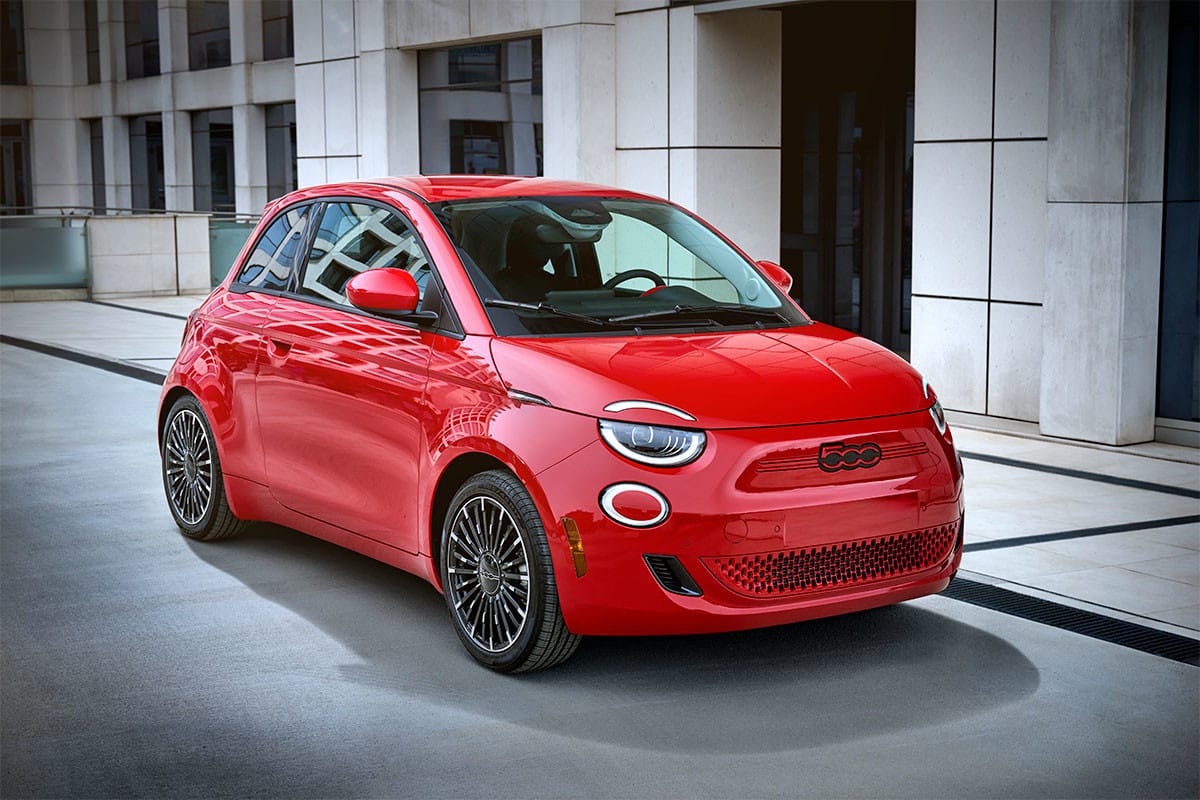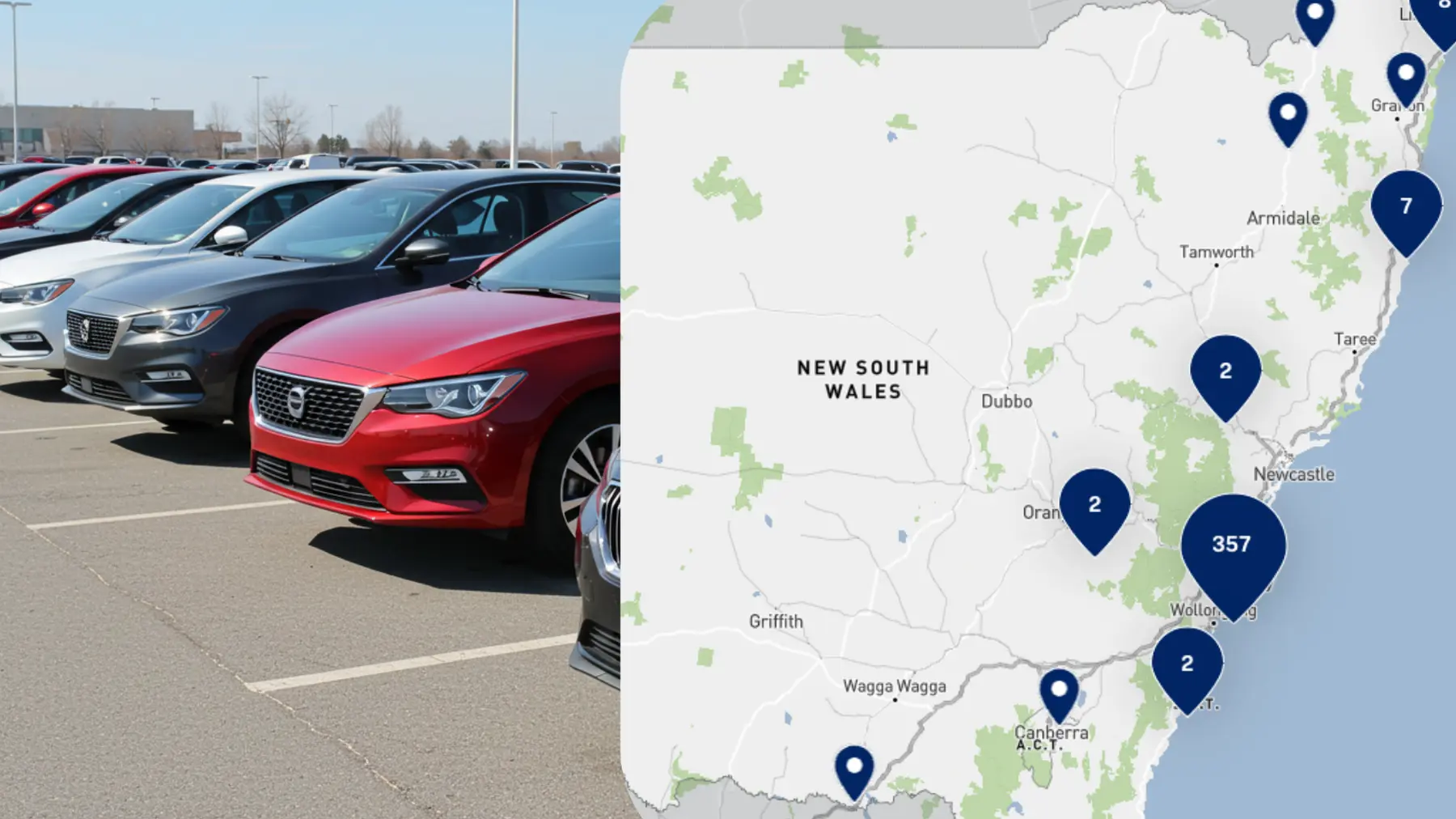Fiat's decision to temporarily halt production of its electric 500e model at the Mirafiori plant in Turin, Italy, has sent ripples through the automotive industry. This unexpected move raises critical questions about the current state and future trajectory of the electric vehicle (EV) market, potentially serving as a warning sign for broader challenges facing EV manufacturers globally.
Fiat has announced a temporary halt in the production of its electric 500e model, raising questions about the current state of the electric vehicle (EV) market. This decision comes amid growing concerns about EV demand and production challenges faced by manufacturers.

- Production Pause: Fiat is temporarily stopping production of the 500e at its Mirafiori plant in Turin, Italy.
- Market Implications: This pause may be indicative of broader issues in the EV market, potentially signaling a slowdown in demand or production difficulties.
- Industry Context: The move follows similar actions by other automakers, suggesting a possible trend in the EV sector.
- Future Outlook: The duration of the production pause and its long-term impact on Fiat's EV strategy remain uncertain.
- Market Analysis: Industry experts are closely watching this development to assess its significance for the overall EV market trajectory.

This production halt of the Fiat 500e could be seen as a "canary in the coal mine" for the EV industry, potentially highlighting challenges that other manufacturers might face in the near future. As the automotive world continues its transition to electric mobility, such developments warrant close attention from both industry insiders and consumers alike.
As the automotive industry continues its transition towards electrification, the Fiat 500e production pause serves as a stark reminder of the complexities and uncertainties in this evolving market. Whether this is a temporary setback or an indicator of more significant challenges ahead remains to be seen. Manufacturers, investors, and consumers alike will be watching closely to see how this situation unfolds and what it might mean for the future of electric mobility.














